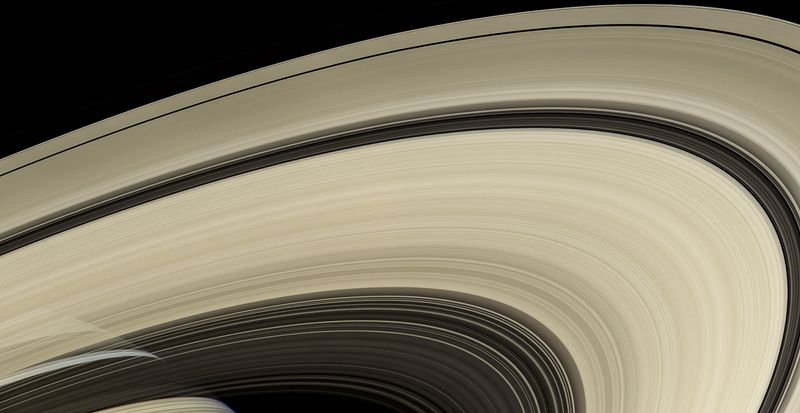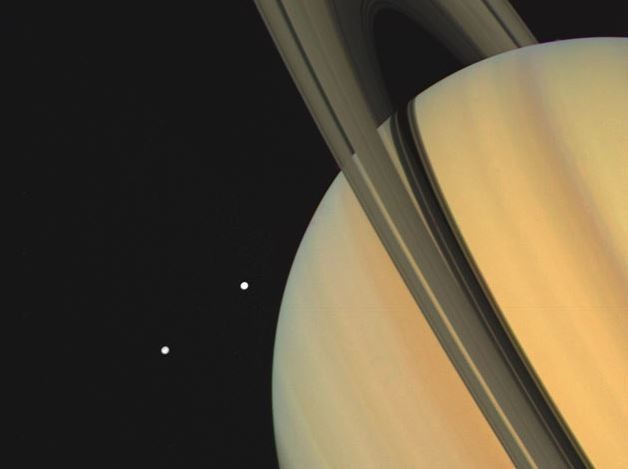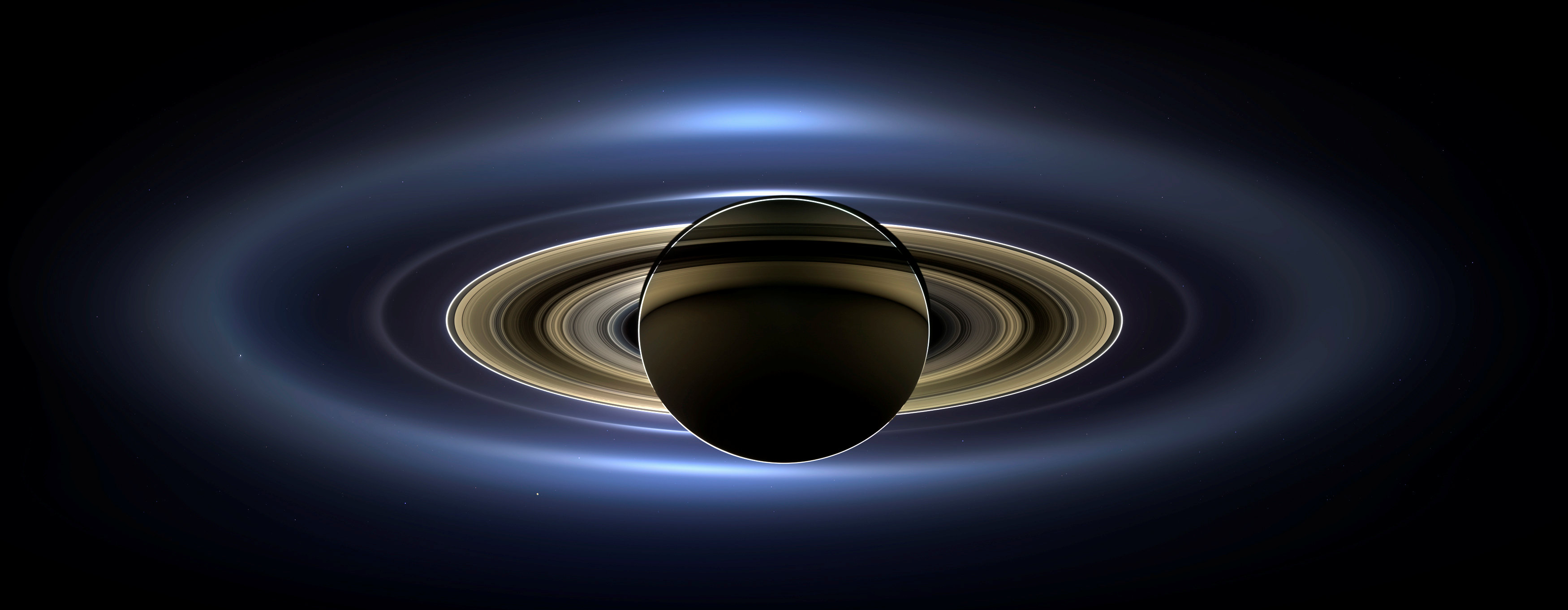All the planets that make up the Solar system They have unique characteristics that distinguish them. Saturnfor example, stands out for being the second largest -after Jupiter– and for the iconic rings that surround him.
However, this distinctive feature will not last forever and would be disappearing. Within this framework, scientists are doing research how and why. The doctor James O’Donoghuewhich included the Japan Aerospace Exploration Agency and the POTwill soon direct a investigation to track the rate of destruction of the call rain of rings of Saturn. How? Using two of the telescopes most powerful in the world: the Keckwhich is located in Hawaii, and the iconic James Webb.
In a statement, O’Donoghue detailed the behind the scenes of this procedure. We are still trying to find out exactly how fast are saturn’s rings eroding. Currently, research suggests they will only be a part of that planet for a few hundred million more years. This may seem like a long time, but in the history of the universe, it’s a relatively quick death. We might be very lucky to be around at a time when the rings exist,” he said.
And he added: “Saturn may be many millions of miles away, but I think the key to understanding how fast its rings are disappearing may lie with some of the world’s leading atmospheric scientists at Berkshire in the UK. And working with the weather experts at the University of Reading in England will give me the chance to finally find out what’s going on with our giant planetary neighbour.”

O’Donoghue’s research will be carried out at the University of Reading’s Department of Meteorology from December 2023, and will be supported by the UK’s Science and Technology Facilities Council (STFC) Ernest Rutherford Fellowship.
Saturn’s rings are made up of large chunks of ice that fall on the planet as freezing rain due to intense gravity. “Contrary to popular belief, these rings are not a permanent feature,” according to O’Donoghue.
In 2018, the aforementioned expert carried out an investigation that was public in the journal Icarus and which was entitled: “Observations of the chemical and thermal response of ‘ring rain’ in Saturn’s ionosphere”. There, among other points, O’Donoghue and his colleagues postulated: “At this rate, the entire ring system will disappear in 300 million years.. The Cassini probe has also provided us with data on Saturn’s middle ring located at the equator, according to which their half-life has been estimated at only 100 million years. This is nothing compared to Saturn’s age of more than 4 billion years.”

“In the Saturn system -continued the researchers- ice grains with submicron charge can flow from the rings towards the planetary atmosphere through the magnetic field. This process, called ring rain, erodes and sculpts the ring system through the interaction between electromagnetic, gravitational and centrifugal forces.
Regarding the characteristics of the rings, the authors of the study, which was carried out at NASA, detailed: “Saturn’s ring system is made up of groups of ice that vary in size from less than 0.01 centimeters to 10 meters, distributed in a roughly inverse cubic power-law fashion, so that most of the ring system is made up of small fragments. In turn, the chemical composition of the rings is considered to be almost pure water ice, but it is believed that they are contaminated with tholins, a mixture of simple hydrocarbons, nitrogen and other components, giving the rings their characteristic tan color.
For O’Donoghue, “we are lucky to be close enough to see Saturn’s ring system, which appears to be in the middle of its life. However, if the rings are temporary, perhaps Jupiter and other planets had ring systems.”

The disappearance of the rings is not, strictly speaking, new news for experts, since in the 1980s, the Voyager space probes recorded the slow disappearance of the Saturnian rings for the first time. During their voyages, the spacecraft detected variations in the density of the rings, which is why the scientists interpreted that the material they contain was leaking. To understand what is happening with Saturn let’s start at the beginning.
According to NASA, there are between 500 and 1,000 rings in a width of 400,000 kilometers, or the equivalent of the distance between the Earth and the Moon. Saturn’s rings are made up of particles, in some cases the size of a bus, and are balls of ice, or rocks covered in ice. These rings are held in this position because they are orbiting Saturn, just as any natural satellite would orbit a planet.
Keep reading:

